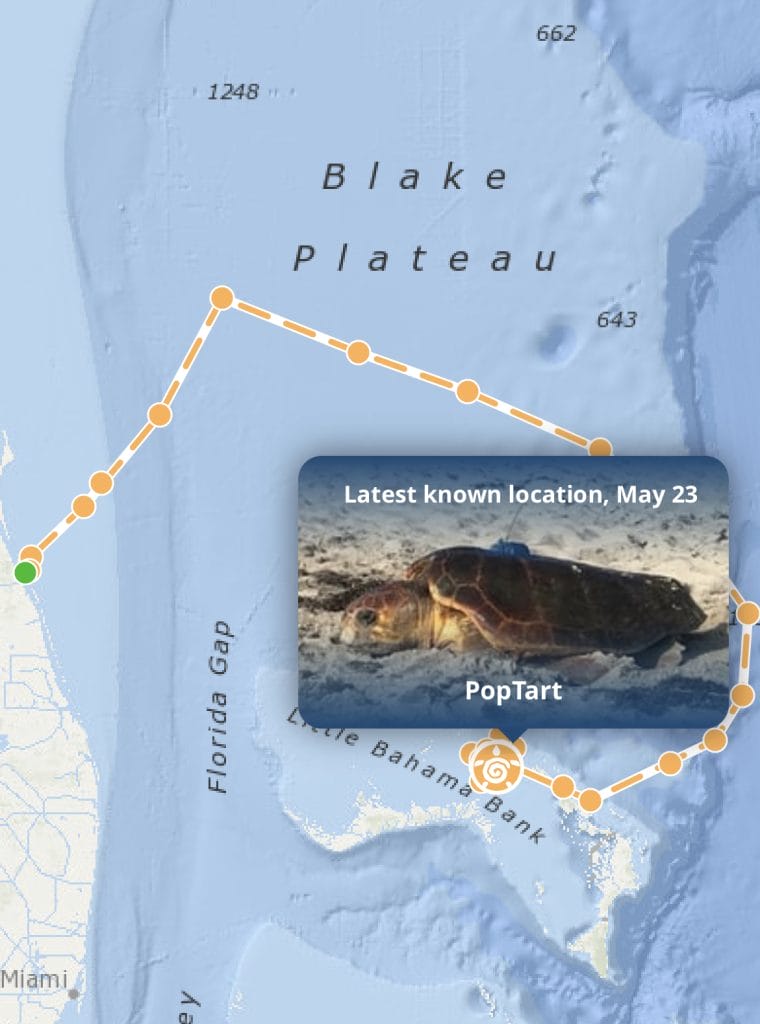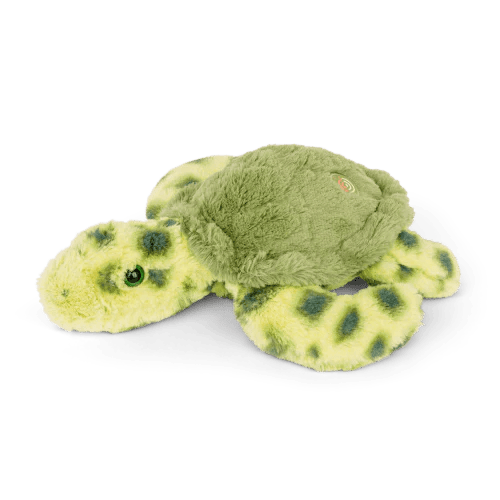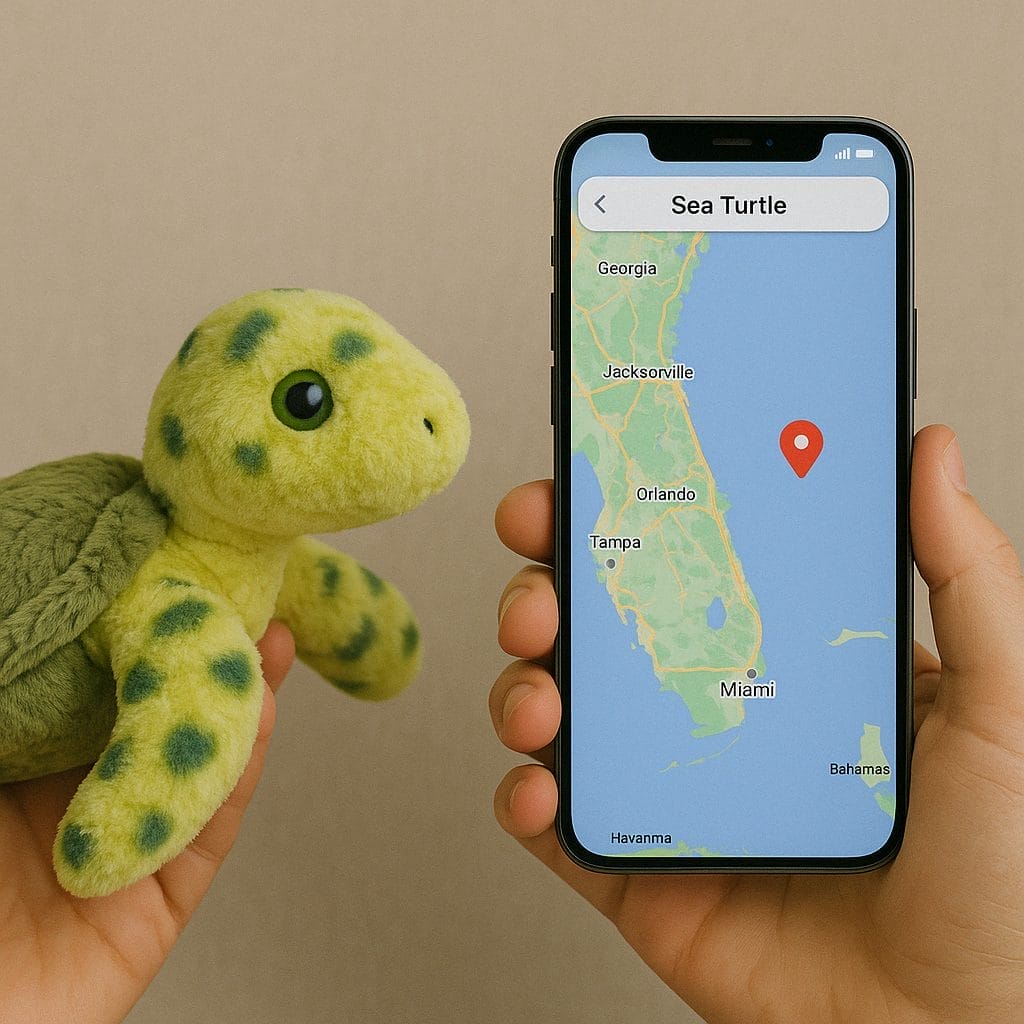11 Ways Sea Turtles Quietly Run the Ocean
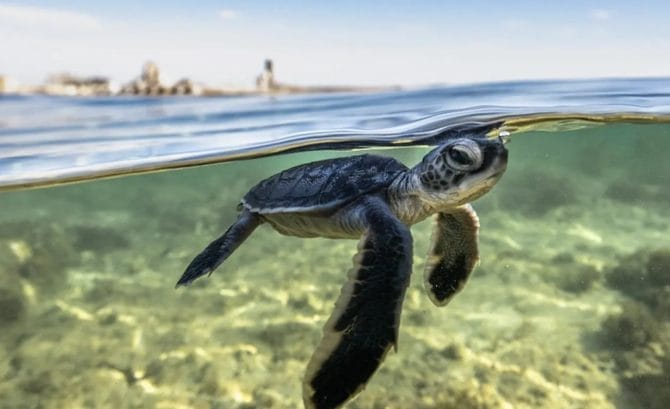
This post was created with help from AI tools and carefully reviewed by a human (Muntaseer Rahman). For more on how we use AI on this site, check out our Editorial Policy.
Sea turtles don’t ask for much. They just swim, eat, poop—and somehow keep the whole ocean running in the process.
Most people think of them as slow, gentle reptiles floating through life. But the truth is, they’re doing way more than just getting from point A to point B. They’re cleaning up jellyfish, trimming underwater plants, fertilizing coral reefs, and even keeping beaches stable.
Here’s a closer look at how these laid-back creatures are secretly holding the marine world together.
1. They Trim the Underwater Lawn
Sea turtles eat seagrass like it’s their full-time job. And that’s a good thing.
If seagrass grows too much, it gets messy fast—blocking sunlight, killing biodiversity, and choking out smaller creatures. Turtles graze it down, keeping it neat and healthy.
That helps fish, shrimp, and even baby sharks who use these beds for food and shelter.

Track A Real Sea Turtle With Each Bracelet!
Learn Name
You get to learn your sea turtle’s name, size, age. Also a picture!
Enjoy Stories
Enjoy the story of your sea turtle, where it came from, where is it going?
Follow Me
You get to follow the sea turtle’s journey on an interactive tracking map!
Click Here & Use Coupon Code: THETURTLEHUB20 For A 20% Discount!
2. They Take Out the Jellyfish Trash
Jellyfish blooms are bad news. They mess with fish populations and even clog power plants.
Sea turtles eat them. Especially leatherbacks—they’re basically jellyfish assassins.
By doing this, turtles help keep jellyfish numbers in check. No broom needed.
This Hilarious Turtle Book Might Know Your Pet Better Than You Do
Let’s be real—most turtle care guides feel like reading a textbook written by a sleep-deprived zookeeper.
This one’s not that.
Told from the snarky point of view of a grumpy, judgmental turtle, 21 Turtle Truths You’ll Never Read in a Care Guide is packed with sarcasm, sass, and surprisingly useful insights.
And hey—you don’t have to commit to the whole thing just yet.
Grab 2 free truths from the ebook and get a taste of what your turtle really thinks about your setup, your food choices, and that weird plastic palm tree.
It’s funny, it’s honest, and if you’ve ever owned a turtle who glares at you like you’re the problem—you’ll feel seen.
3. Their Poop Feeds the Ocean
Turtle droppings may not sound glamorous, but they’re packed with nutrients.
That waste spreads across the ocean floor, feeding algae, coral reefs, and seagrass.
Think of it as underwater compost—gross but useful.

Snuggle a Plush. Track a Turtle.
🧸 + 🌊 = 🐢 A toy that connects you to real sea turtles in the wild.
Meet Your Turtle
Scan the tag to meet your real sea turtle. Learn its name, species, and see a real photo!
Follow the Journey
Watch your turtle swim across the ocean using the 3D tracking map. It’s like a sea adventure in your pocket.
Support Wildlife
Every plush supports turtle conservation efforts through the Sea Turtle Conservancy.
Click Here & Use Coupon Code: THETURTLEHUB20 For A 20% Discount! (Your hug helps a turtle.)
4. They’re Living Cargo Ships
Sea turtles travel far. Like, really far. Some cross entire oceans.
Along the way, they carry barnacles, algae, and other tiny hitchhikers that spread to new places.
It’s slow-motion species distribution—and it matters for genetic diversity.
5. They Help Other Animals Eat
When turtles dig or graze, they stir up the ocean floor. That brings out crabs, shrimp, and other snacks hiding in the sand.
Fish, birds, and scavengers follow turtles like groupies at a concert, waiting for leftovers.
The turtle eats first. Everyone else benefits.

6. Their Nests Boost Beach Life
When turtles lay eggs on beaches, not all of them hatch. And that’s okay.
The unhatched eggs and leftover shells enrich the sand with nutrients.
That helps coastal plants grow stronger, which stabilizes dunes and protects shorelines from erosion.
7. They Keep Coral Reefs in Check
Turtles eat sponges and algae—two things that can overrun coral reefs if left alone.
By munching them down, turtles give coral space to breathe and grow.
It’s quiet pest control for one of the most fragile ecosystems on Earth.

8. They Keep Ocean Time
Sea turtles don’t wear watches, but they’re great at timing.
Their nesting and migration are linked to moon phases, tides, and temperature.
Other marine animals sync their own breeding and feeding cycles to the turtles’ schedule. It’s like ocean-wide clockwork, and turtles help keep it ticking.
9. They Attract Life Just by Showing Up
Turtles don’t throw parties, but their arrival can turn a quiet patch of ocean into a busy hotspot.
When they show up to feed or nest, other species follow. More food, more shelter, more action.
Their presence signals that a spot is healthy—and worth sticking around.
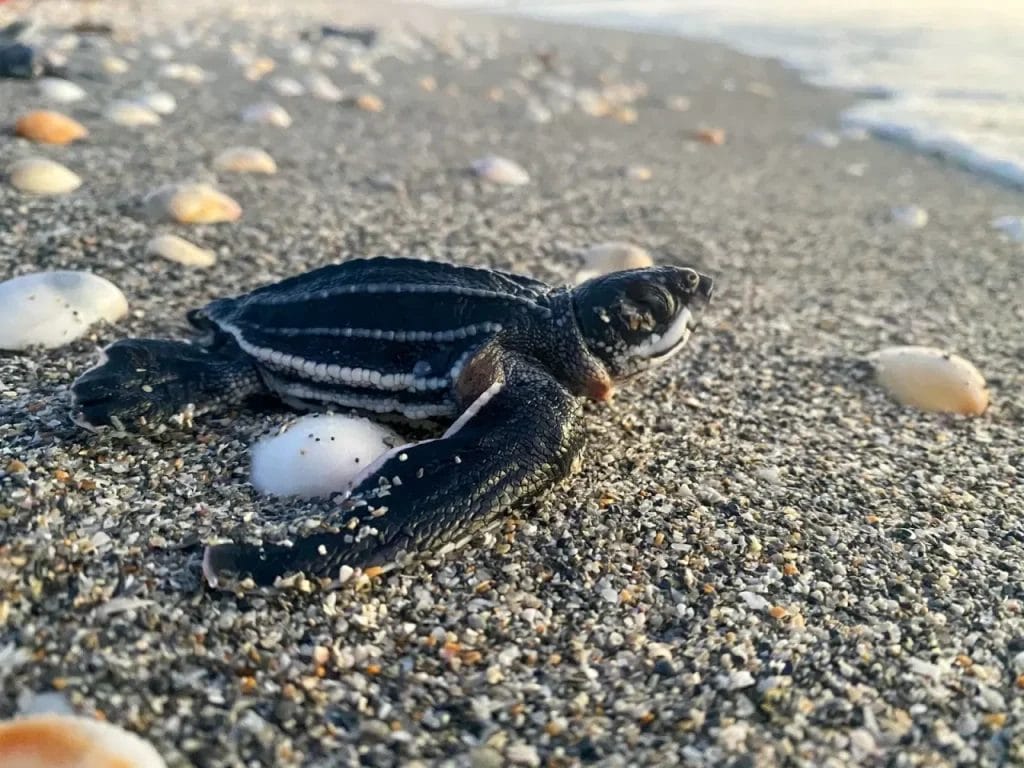
10. They Help New Life Begin
When sea turtles migrate to nest, they don’t just make babies.
They revive entire areas. Islands and beaches that see turtle nesting often attract birds, fish, and other animals following the same seasonal rhythms.
It’s like a traveling festival of reproduction.
11. They’re Walking History Books
Sea turtles have been around since the dinosaur days. They’ve survived extinctions, temperature shifts, and all kinds of ocean drama.
Studying how they’ve adapted tells us what life can survive—and what can’t—when the planet changes.
They’re not just cute. They’re tough. And they’ve seen it all.

They’re Quiet, But They Run the Show
Sea turtles aren’t flashy. They don’t jump out of the water like whales or change color like cuttlefish.
But make no mistake—they keep the ocean balanced, beach plants growing, coral reefs alive, and jellyfish in check.
They’re the janitors, gardeners, babysitters, and delivery guys of the sea. Without them, things would fall apart fast.
Next time you see one, give it some respect. It’s probably doing five jobs while you’re just watching from the boat.

About Author
Muntaseer Rahman started keeping pet turtles back in 2013. He also owns the largest Turtle & Tortoise Facebook community in Bangladesh. These days he is mostly active on Facebook.


